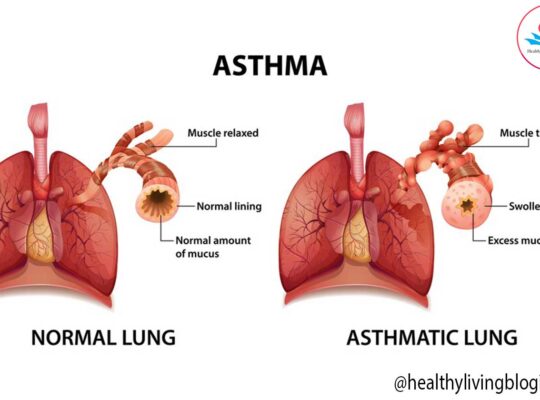Tuberculosis is a highly contagious infectious disease caused by the bacterium called Mycobacterium tuberculosis. It mainly affects the respiratory system, particularly the lungs, but can also target other organs and systems of the body such as the kidneys, spine, and brain. This disease spreads through the air when an infected person coughs or sneezes, releasing tiny droplets containing the bacteria.
Tuberculosis can manifest in two forms: latent tuberculosis infection and active tuberculosis disease. In the latent form, the bacteria remain dormant in the body without causing any symptoms or spreading to others. However, it can become active later on, leading to the development of tuberculosis disease. When active, tuberculosis can present a range of symptoms, including persistent cough (sometimes with blood), chest pain, fatigue, weight loss, night sweats, and fever.
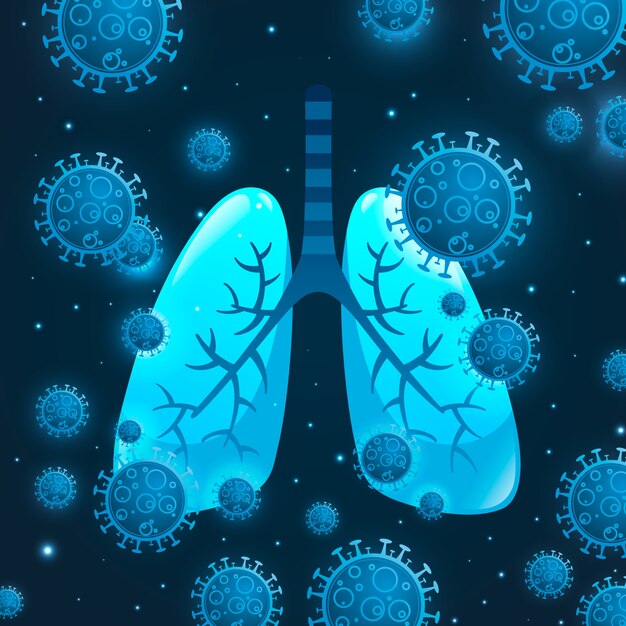
Symptoms of Tuberculosis
The symptoms of tuberculosis can vary depending on the stage of the infection and the part of the body affected. Here are some common symptoms:
- Persistent cough: A cough that lasts for more than two weeks and produces phlegm or blood is often an early symptom of TB. The cough may be worse in the morning or at night.
- Fatigue and weakness: People with TB often feel tired and weak, even after getting enough rest. This is because the body is fighting the infection.
- Weight loss: Unexplained weight loss can occur in TB. This is due to a combination of factors, including loss of appetite, decreased nutrient absorption, and increased metabolic rate.
- Fever and night sweats: Many individuals with TB experience a low-grade fever, especially in the afternoon or evening. Night sweats, where you wake up with drenched clothes and sheets, are also common.
- Chest pain: Pain or discomfort in the chest can be a symptom of TB. It may be felt during coughing or breathing and can range from mild to severe.
- Shortness of breath: If TB affects the lungs, it can cause shortness of breath or difficulty breathing. This symptom may worsen over time.
- Loss of appetite: TB can cause a loss of appetite, leading to unintentional weight loss. This can further weaken the immune system and make it harder for the body to fight the infection.
Note that these symptoms may also be caused by other conditions, so it’s important to consult a healthcare professional for an accurate diagnosis if you are experiencing any of them.
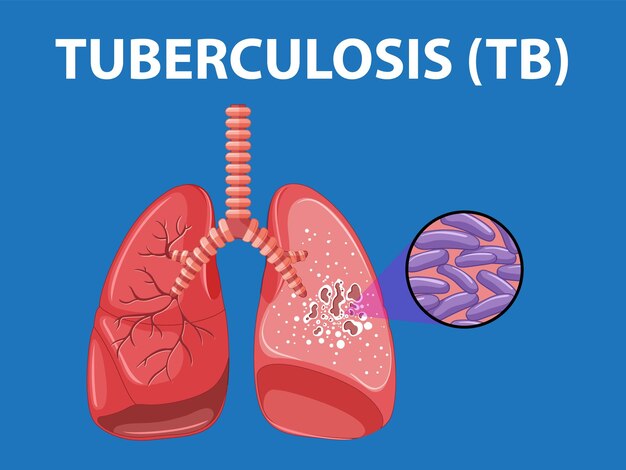 | Remember, early detection and treatment of tuberculosis can prevent complications and help in the recovery process. If you suspect you may have TB or have been in contact with someone who has TB, seek medical attention promptly. |
Causes of Tuberculosis
The main causes of tuberculosis include:
- Transmission through Airborne Droplets: TB is primarily transmitted from person to person through the air. When an infected individual coughs, sneezes, speaks, or even sings, they release tiny droplets containing the bacteria into the air. If a healthy person inhales these contaminated droplets, they may become infected with tuberculosis.
- Weakened Immune System: People with weakened immune systems are at a higher risk of developing tuberculosis. Conditions such as HIV/AIDS, diabetes, malnutrition, and certain cancers can weaken the immune system, making it difficult for the body to fight off the bacteria.
- Close Contact with Infected Individuals: Spending time with someone who has active tuberculosis puts you at risk of contracting the disease. This often happens within households, workplaces, or social settings where there is frequent and prolonged exposure to an infected person.
- Lack of Access to Healthcare: Limited access to healthcare facilities, especially in low-income countries, can contribute to the spread of tuberculosis. Delayed diagnosis or inadequate treatment can lead to the progression of the disease and the transmission of the bacteria to others.
- Drug Resistance: Improper use of antibiotics or incomplete treatment courses can lead to the emergence of drug-resistant strains of tuberculosis. These strains are more challenging to treat, requiring longer and more expensive treatment options.
It is important to note that tuberculosis is a preventable and treatable disease. Early detection, proper medical care, and adherence to treatment protocols are crucial in controlling the spread of tuberculosis and minimizing its impact on individuals and communities.
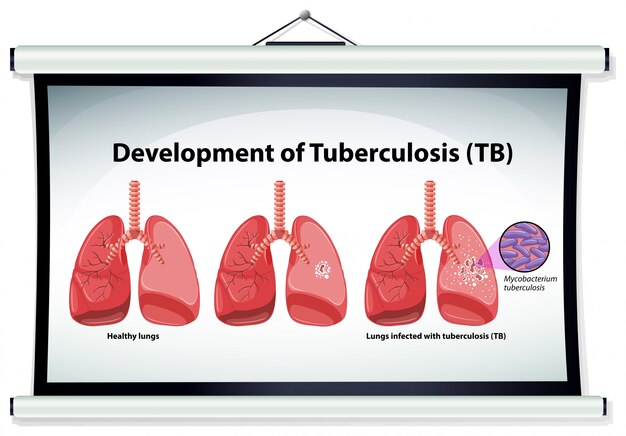
Risk Factors of Tuberculosis
Here are some common risk factors associated with tuberculosis:
- Weakened Immune System: Individuals with a weakened immune system are more susceptible to TB. This includes people with HIV/AIDS, those undergoing chemotherapy or organ transplantation, and individuals with certain medical conditions like diabetes, malnutrition, or chronic kidney disease.
- Close Contact with an Infected Individual: TB is primarily spread through the air when a person with active TB coughs or sneezes. Spending prolonged periods of time with someone who has active TB can significantly increase the risk of transmission.
- Living or Working in Crowded Environments: Overcrowded places such as prisons, homeless shelters, or certain healthcare settings can create an environment conducive to TB transmission. The close proximity of people increases the likelihood of coming into contact with someone with active TB.
- Age: While TB can affect individuals of any age, older adults have a higher risk of developing the disease. The immune system weakens with age, making older individuals more vulnerable to infections, including TB.
- Substance Abuse: Substance abuse, particularly intravenous drug use, can weaken the immune system and make individuals more susceptible to tuberculosis infection.
- Poor Living Conditions: Factors such as poverty, inadequate access to healthcare, and living in environments with poor ventilation or sanitation can contribute to the risk of contracting TB.
- Travel to High TB Burden Areas: Traveling or living in regions where TB is prevalent increases the risk of exposure to the bacteria.
It is important to note that having one or more of these risk factors does not guarantee the development of tuberculosis. However, it is advisable to take precautions and seek medical attention if you suspect you have been exposed to TB or are experiencing any symptoms related to the disease.
Remember, early detection and timely treatment can help prevent the spread of tuberculosis and improve outcomes for individuals affected by this infectious disease.
Preventing Tuberculosis: Strategies for a Healthy Future
Preventing the spread of TB is crucial to reducing its impact on individuals and communities. Here are some effective preventive measures:
- Vaccination: The BCG (Bacillus Calmette-Guérin) vaccine can help protect against severe forms of tuberculosis, particularly in children. It is routinely given in countries with a high prevalence of TB.
- Early detection and treatment: Prompt diagnosis and treatment of TB cases can prevent the spread of the bacteria to others. Anyone with symptoms such as persistent cough, fatigue, weight loss, and night sweats should seek medical attention.
- Infection control measures: Practicing proper hygiene and infection control can minimize the risk of TB transmission. This includes:
- Covering the mouth and nose with a tissue or elbow when coughing or sneezing.
- Disposing of used tissues in a sealed bag.
- Ventilating rooms to allow fresh air circulation.
- Avoiding close contact with individuals known to have active TB.
- Contact tracing and screening: Identifying individuals who have been in close contact with TB patients and conducting screening tests can detect latent TB infections or active TB cases early on. This allows for timely treatment and reduces the risk of transmission.
- Education and awareness: Raising awareness about TB, its symptoms, and preventive measures is crucial. Educating communities about TB transmission, treatment adherence, and the importance of completing the full course of medication can help in preventing the spread of the disease.
- Reducing risk factors: Certain factors, such as compromised immune systems, malnutrition, overcrowded living conditions, and substance abuse, increase the susceptibility to TB. Addressing these risk factors can contribute to preventing tuberculosis.
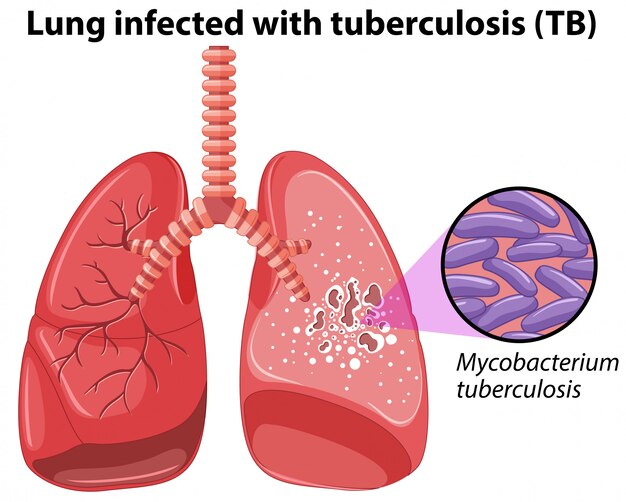
Here are some prevention steps for a person infected with tuberculosis:
- Isolation: The infected person should stay in a well-ventilated room that has access to natural light. This helps to reduce the risk of spreading the infection to others.
- Proper hygiene: Covering the mouth and nose with a tissue or handkerchief while coughing or sneezing can prevent the bacteria from spreading. Dispose of the used tissues properly.
- Good ventilation: Ensure that the room where the person stays is well-ventilated. Opening windows regularly helps to maintain fresh air circulation, reducing the concentration of bacteria in the air.
- Medication: Follow the prescribed medication and treatment plan strictly. Taking the prescribed antibiotics regularly and completing the full course of treatment is crucial to cure tuberculosis and prevent its recurrence.
- Use of masks: When in public or in close contact with others, the infected person should wear a mask to reduce the risk of spreading the bacteria through respiratory droplets.
- Healthy lifestyle: A balanced diet, regular exercise, and adequate sleep can help strengthen the immune system, aiding in the recovery process.
- Avoid close contact: The infected person should avoid close contact with infants, elderly individuals, and individuals with weakened immune systems, as they are more susceptible to contracting tuberculosis.
Remember, it is essential for the infected person to seek medical advice and follow the guidance of healthcare professionals for a comprehensive treatment and prevention plan.





